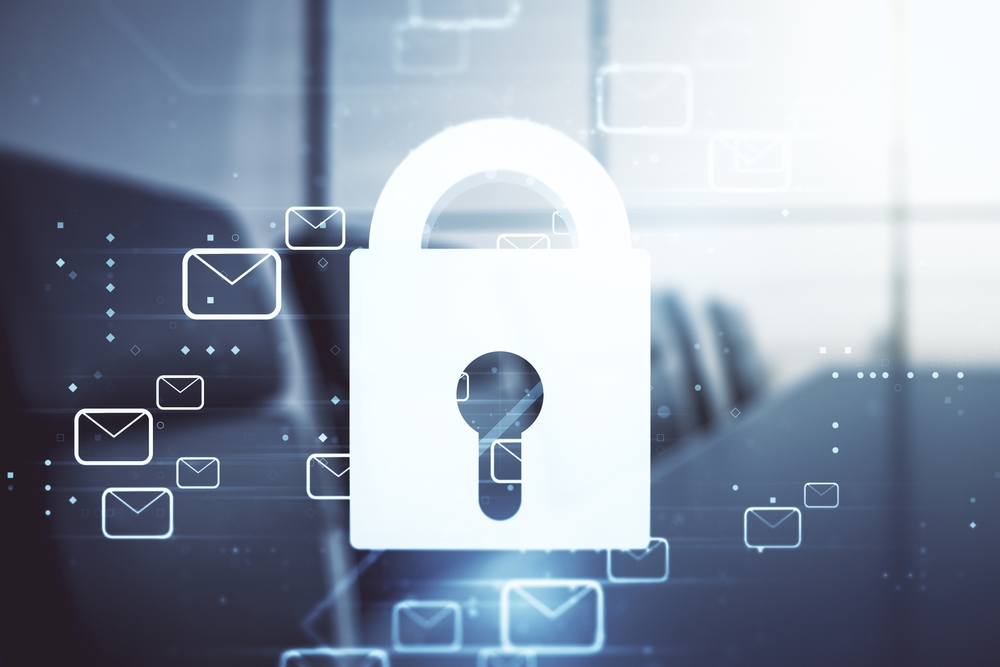DMARC (Domain-based Message Authentication, Reporting, and Conformance) is an email security protocol that helps prevent email fraud and phishing attacks. DMARC works alongside SPF (Sender Policy Framework) and DKIM (DomainKeys Identified Mail) to authenticate the sender of an email and ensure that the email is legitimate. In this article, we will explore the role of DMARC in email security, how it works, its advantages, and how to implement it.
What is DMARC?
DMARC is an email authentication protocol that helps protect email senders and recipients from phishing and spoofing attacks. It is designed to ensure that only legitimate emails reach the inbox by verifying the authenticity of the sender’s domain. When an email is sent, DMARC checks the email’s SPF and DKIM records to verify whether the email is sent by an authorized sender. If the email fails DMARC authentication, it can be either rejected or quarantined by the recipient’s email server.
What Does DMARC Do?
DMARC serves as a security layer on top of SPF and DKIM. It works by establishing a policy for how email receivers should handle messages that fail SPF and DKIM checks. DMARC enhances email security by providing a way for organizations to specify how their emails should be authenticated and handled by recipients’ email servers. DMARC also enables the domain owner to receive feedback through reports about how their emails are being processed, which helps improve overall email security.
How Does DMARC Work?
DMARC works by utilizing both SPF and DKIM records. When an email is sent, the recipient’s email server checks the SPF and DKIM records of the sending domain. If the email passes both checks, DMARC allows the email to be delivered. However, if the email fails, the recipient’s email server follows the DMARC policy. The policy can be set to one of three options:
– None: No action is taken, but reports are generated for the sender.
– Quarantine: The email is placed in the spam or junk folder.
– Reject: The email is completely rejected and not delivered to the inbox.
What Are DMARC Policies?
DMARC policies are guidelines that domain owners set to determine how emails that fail DMARC authentication should be treated. These policies ensure that unauthorized emails are either blocked or flagged, depending on the chosen setting. The three main DMARC policy options are:
– None: No actions are taken on emails that fail the DMARC check, but feedback is sent.
– Quarantine: Emails that fail the DMARC check are sent to the spam or junk folder.
– Reject: Emails that fail the DMARC check are completely rejected, and the sender is notified.
By implementing DMARC, organizations can control how their email messages are processed and ensure that only legitimate emails are delivered to the inbox.
Advantages of DMARC
DMARC offers several key advantages, primarily around improving email security. By preventing spoofing and phishing attacks, DMARC enhances email authentication and protects users from malicious emails. DMARC also helps improve email deliverability, ensuring that legitimate emails are successfully delivered to recipients’ inboxes. Additionally, DMARC allows domain owners to receive reports on how their emails are being processed, providing insights into email deliverability and security. This feedback can be used to fine-tune email campaigns and improve overall email security.
Another advantage of DMARC is that it helps protect the organization’s reputation. By ensuring that only authentic emails are delivered, DMARC reduces the risk of your domain being used for fraudulent activities. This enhances trust with both customers and email service providers (ESPs).
How to Create a DMARC Record?
To implement DMARC, you need to create a DMARC record in your DNS settings. A DMARC record is a DNS TXT record that specifies how email servers should handle emails from your domain that fail SPF and DKIM checks. The basic components of a DMARC record include:
– v=DMARC1: This specifies the version of DMARC.
– p=policy: This defines the policy for handling emails that fail the DMARC check (none, quarantine, reject).
– rua=mailto:email@example.com: This defines where DMARC reports should be sent.
To create a DMARC record, log in to your DNS hosting provider’s control panel and add a TXT record with these parameters. This will activate DMARC for your domain and help prevent unauthorized emails from being delivered.
Applications of DMARC
DMARC is used by organizations across various industries to enhance email security. It is particularly important in industries like e-commerce, finance, healthcare, and education, where the integrity of email communications is critical. DMARC helps protect both businesses and customers from phishing attacks and email fraud. It also enhances email deliverability, ensuring that marketing and transactional emails are successfully delivered to customers’ inboxes.
Differences Between DMARC, SPF, and DKIM
DMARC, SPF, and DKIM are all email authentication protocols, but each one serves a different purpose:
– SPF (Sender Policy Framework) is used to verify the sending server’s IP address to ensure that the email is coming from a trusted source.
– DKIM (DomainKeys Identified Mail) uses a cryptographic signature to verify that the email content has not been tampered with.
– DMARC is used in conjunction with SPF and DKIM to establish policies for how failed authentication emails should be handled.
These three protocols work together to improve email security and ensure that only legitimate emails are delivered to the recipient’s inbox.
DMARC is a crucial tool for improving email security and protecting organizations from email fraud and phishing attacks. By implementing DMARC, businesses can improve email deliverability, enhance their reputation, and protect their customers from malicious emails. DMARC also provides valuable insights into email authentication and performance, allowing businesses to optimize their email campaigns and improve overall email security. By combining DMARC with SPF and DKIM, organizations can ensure that only legitimate emails are delivered and that their email communications remain secure and trusted.




